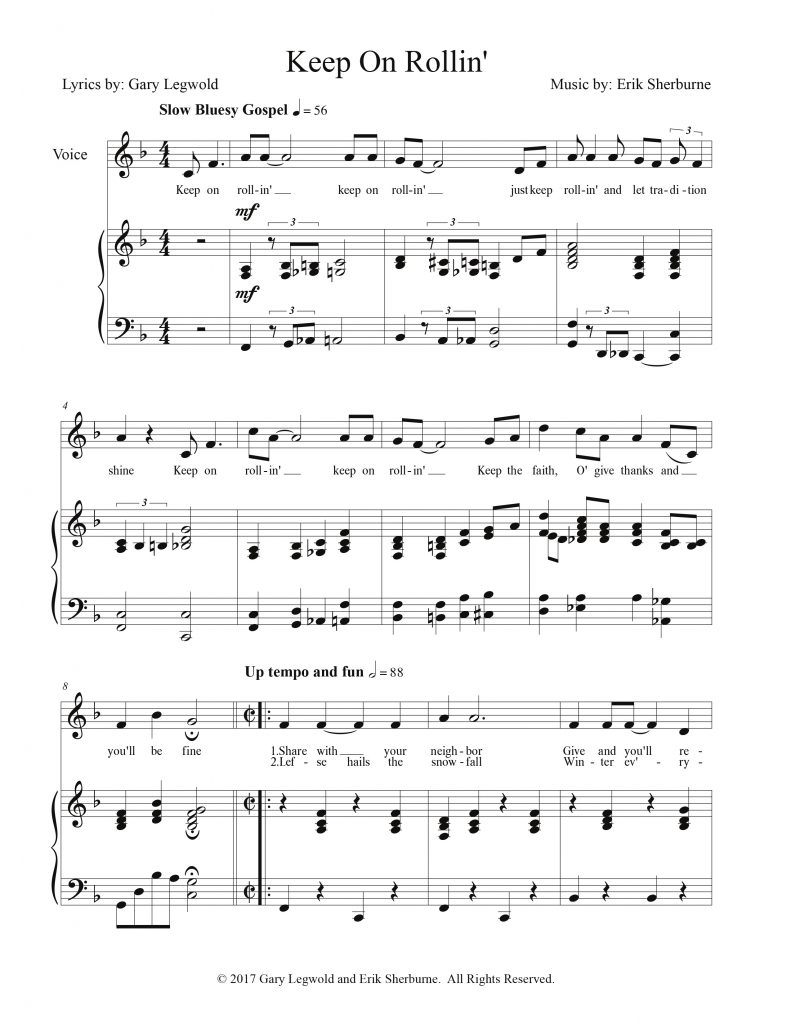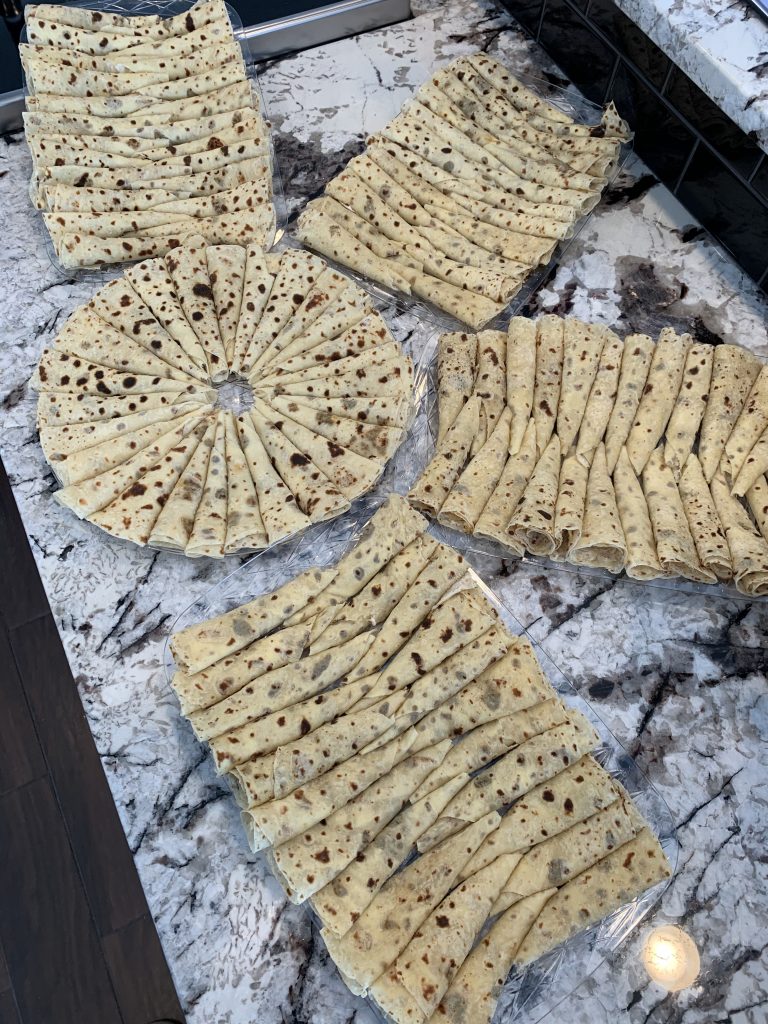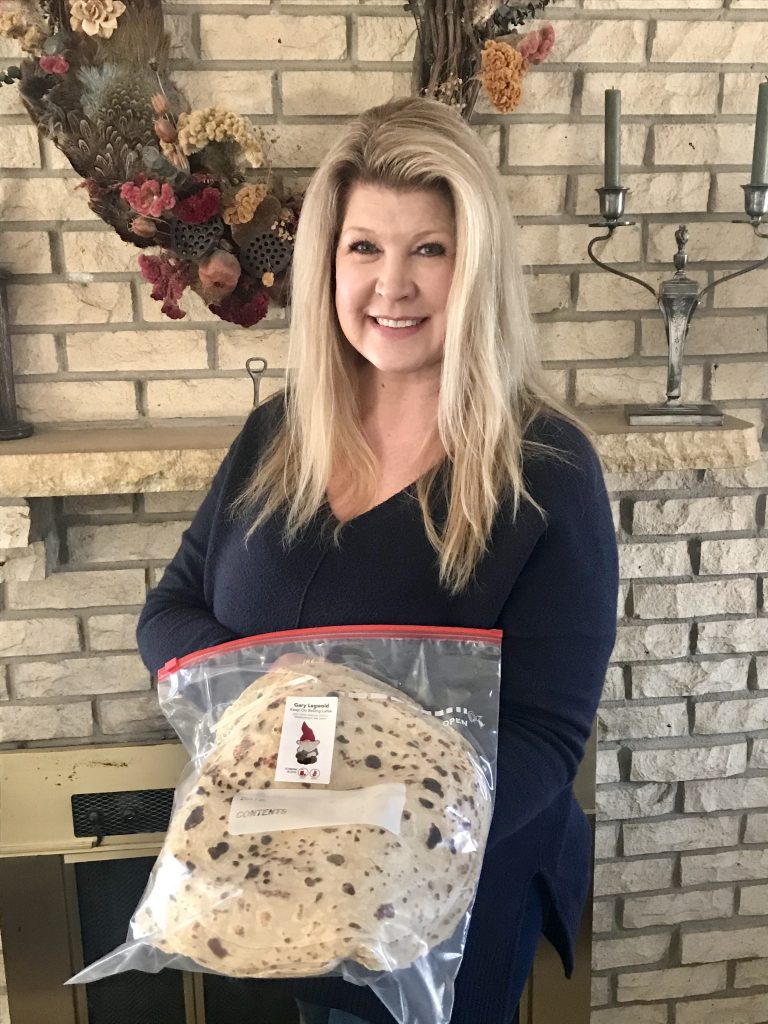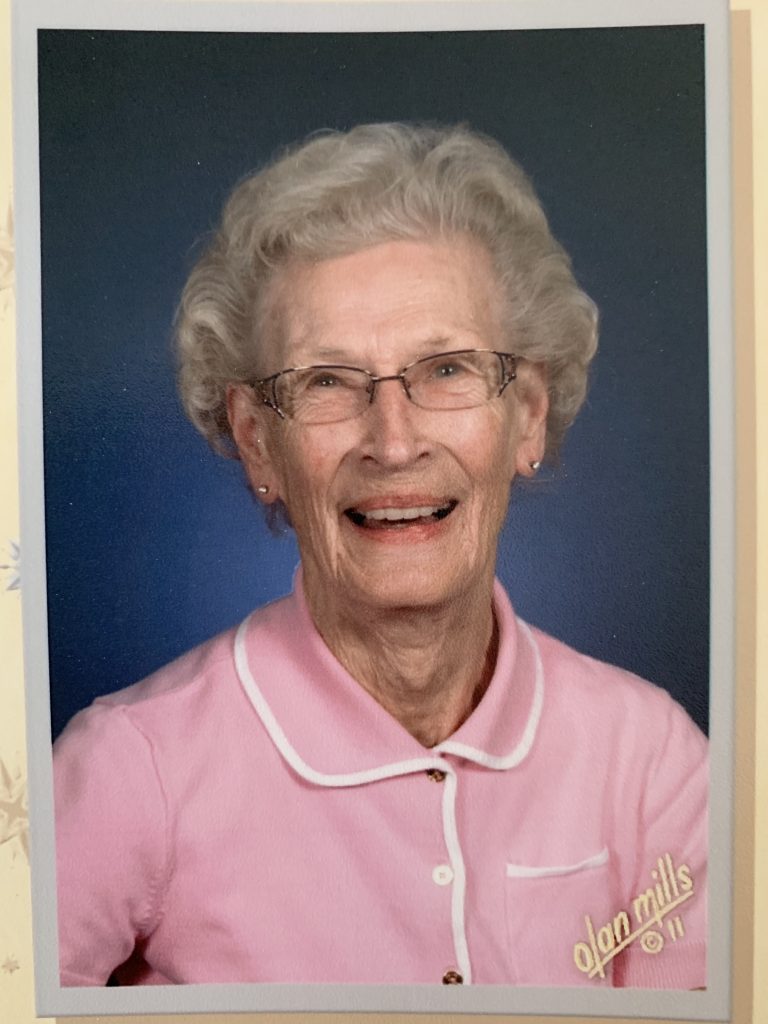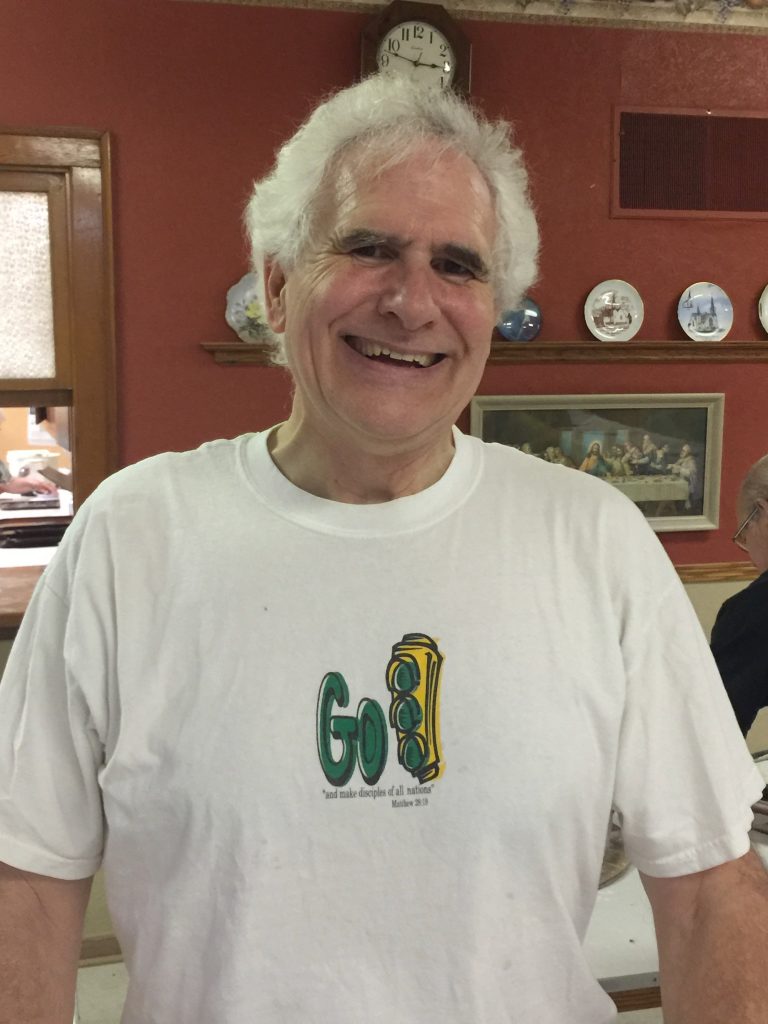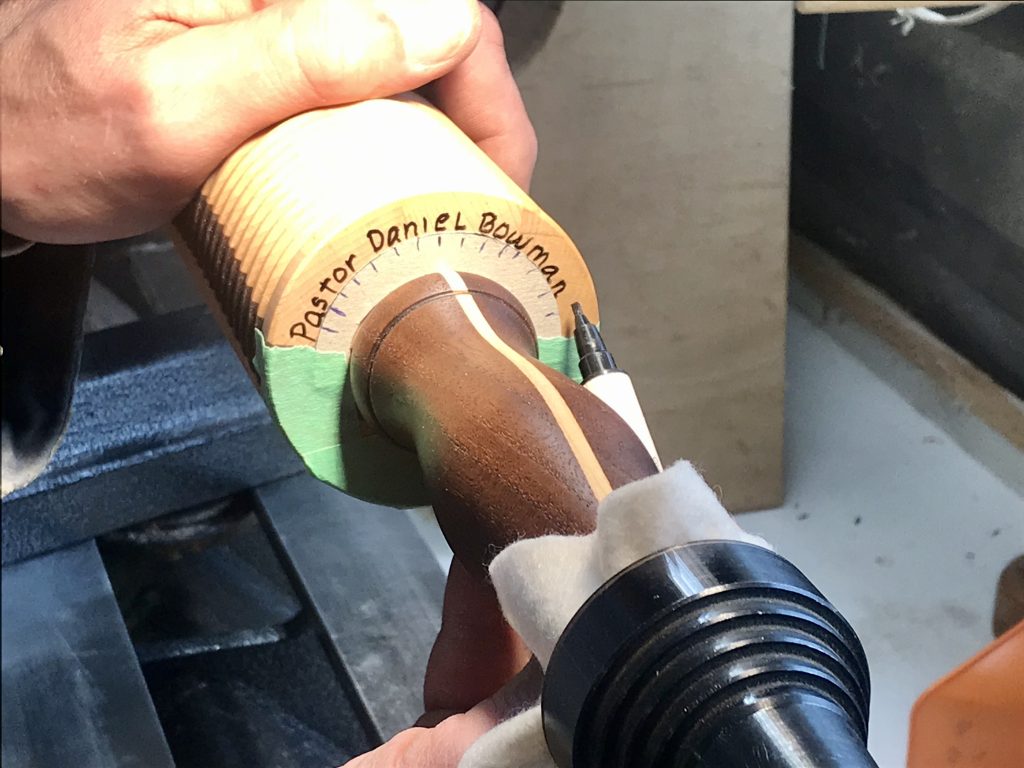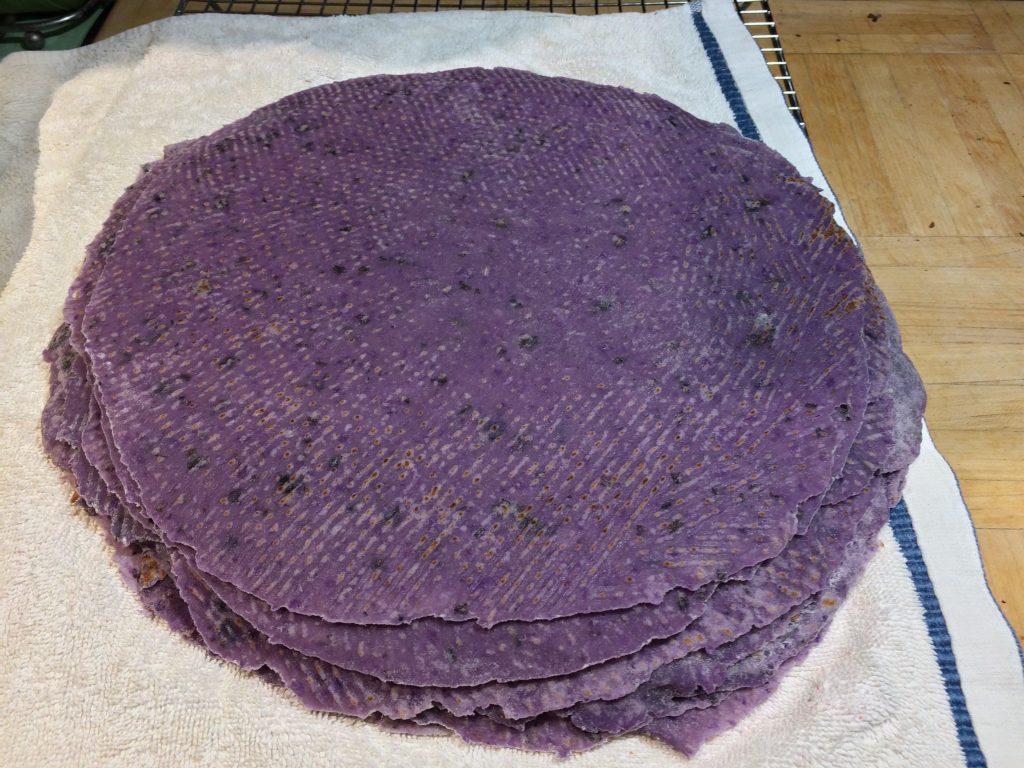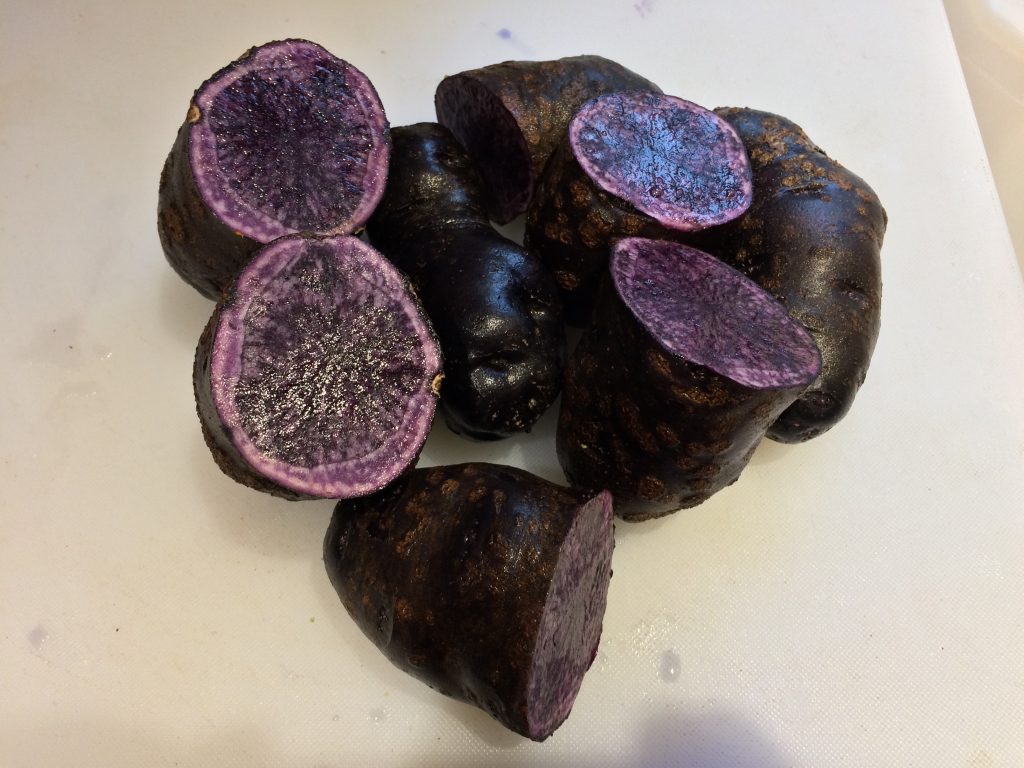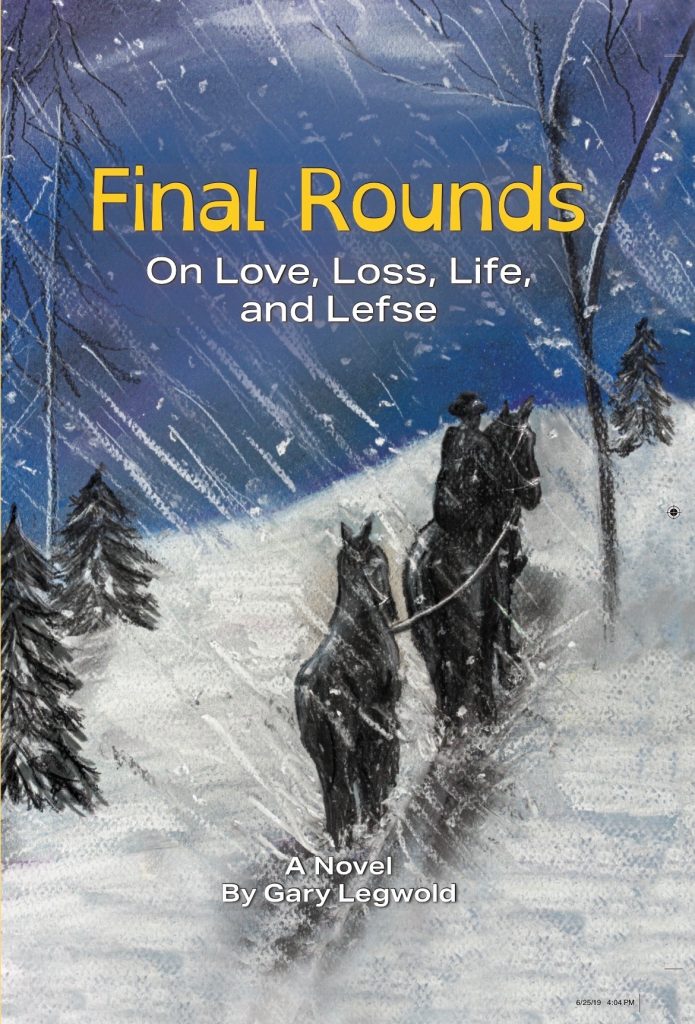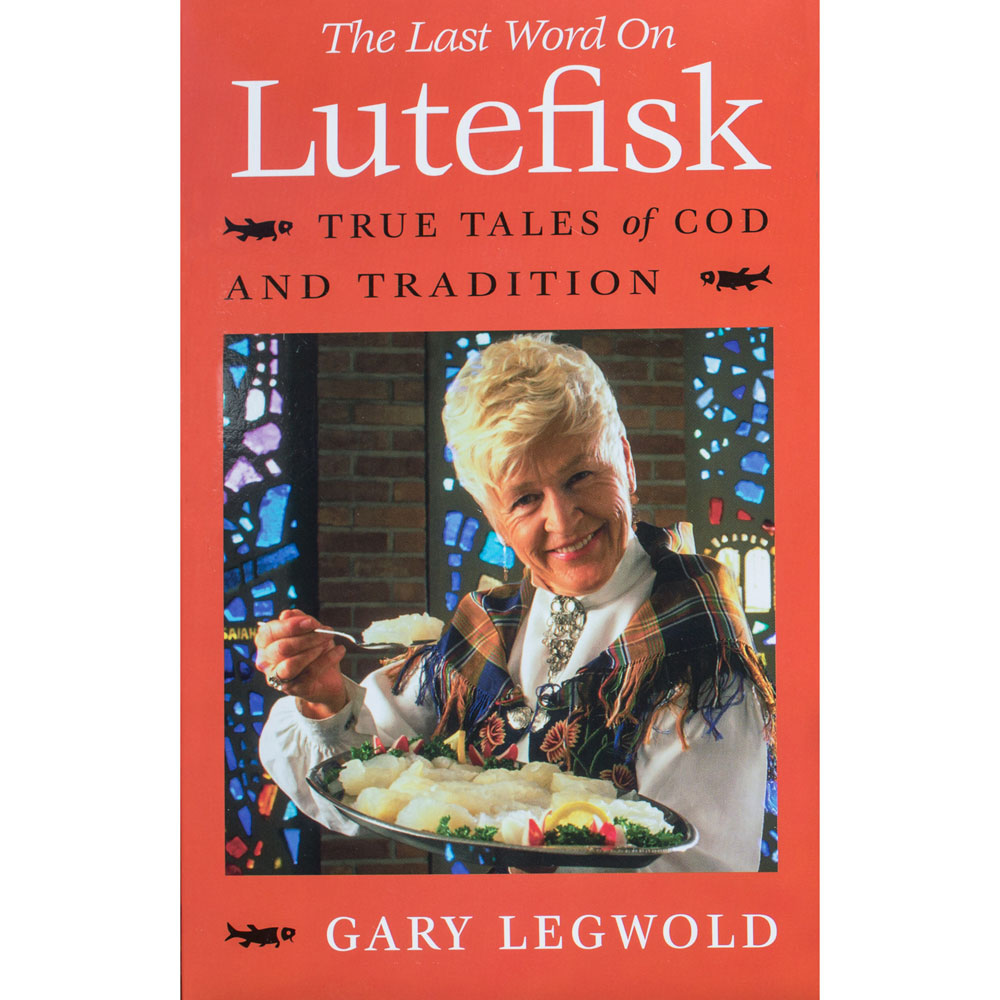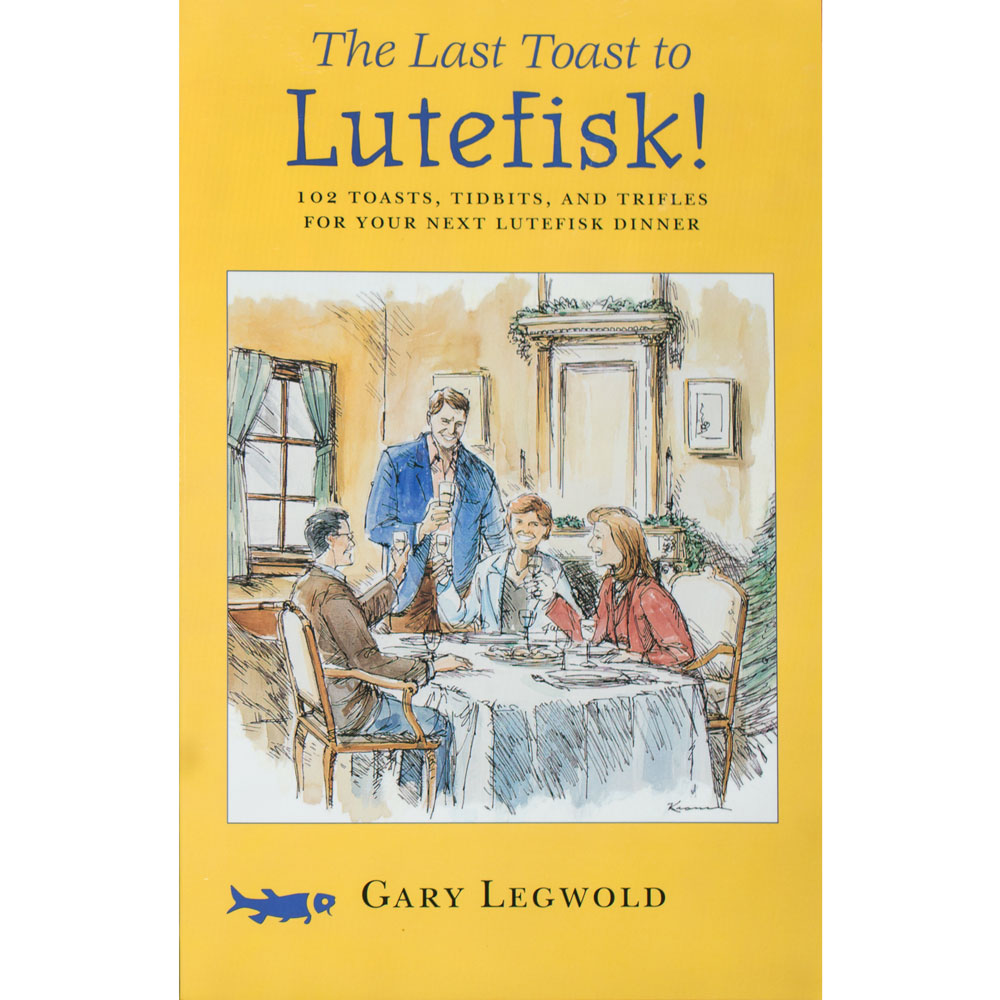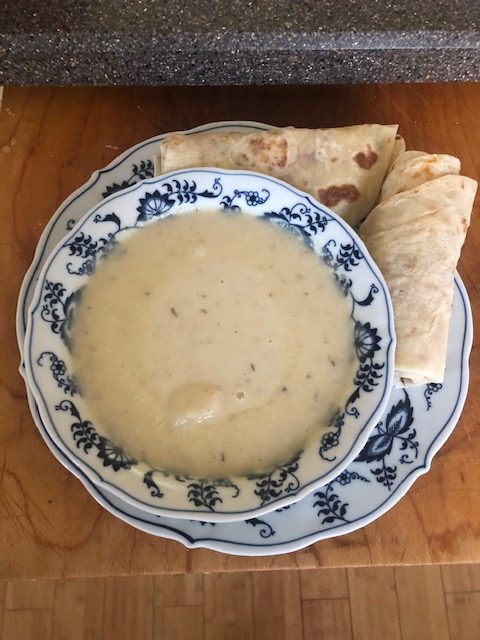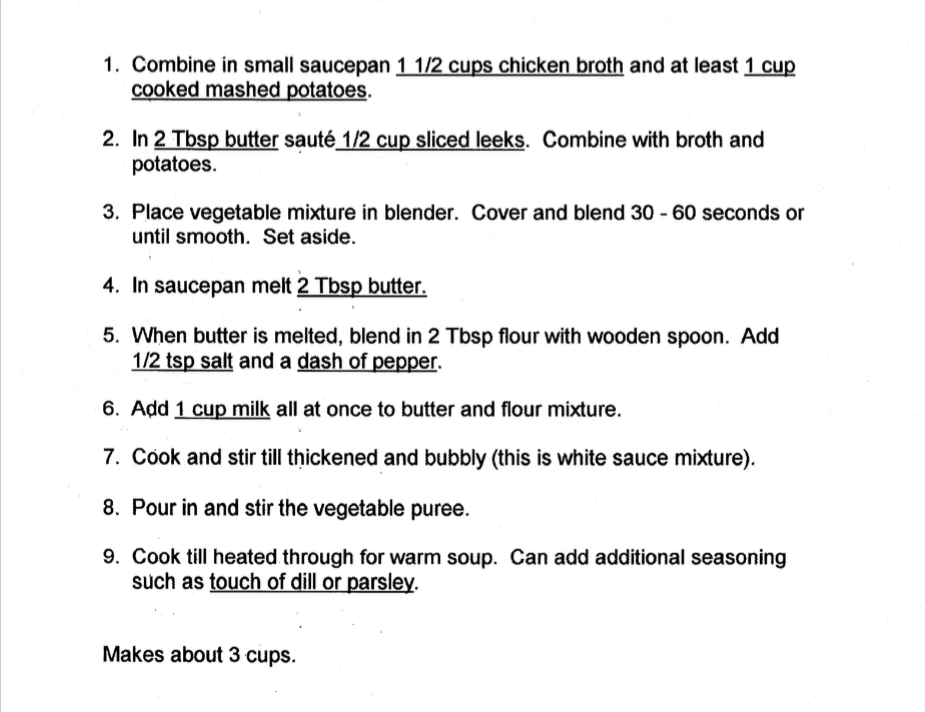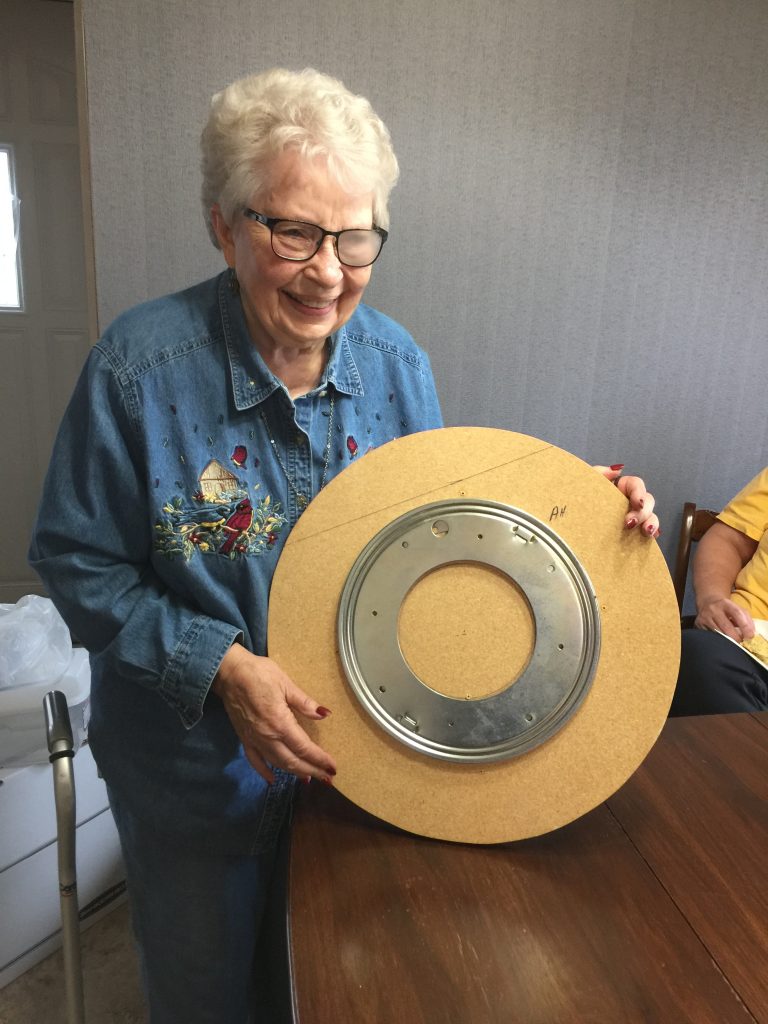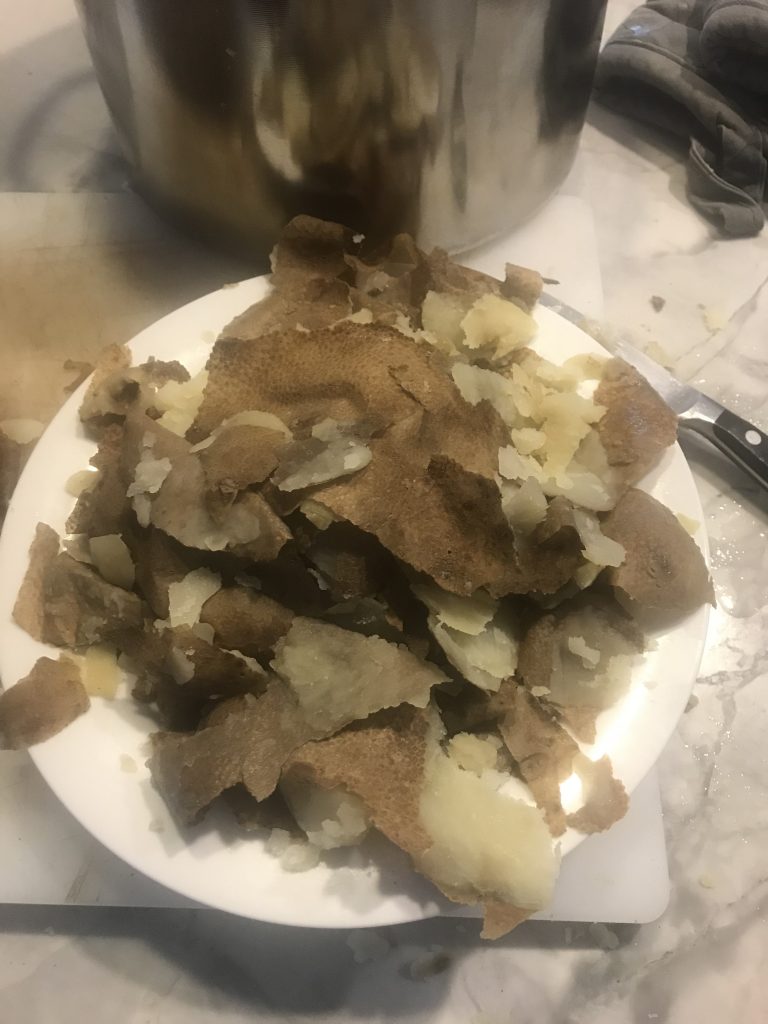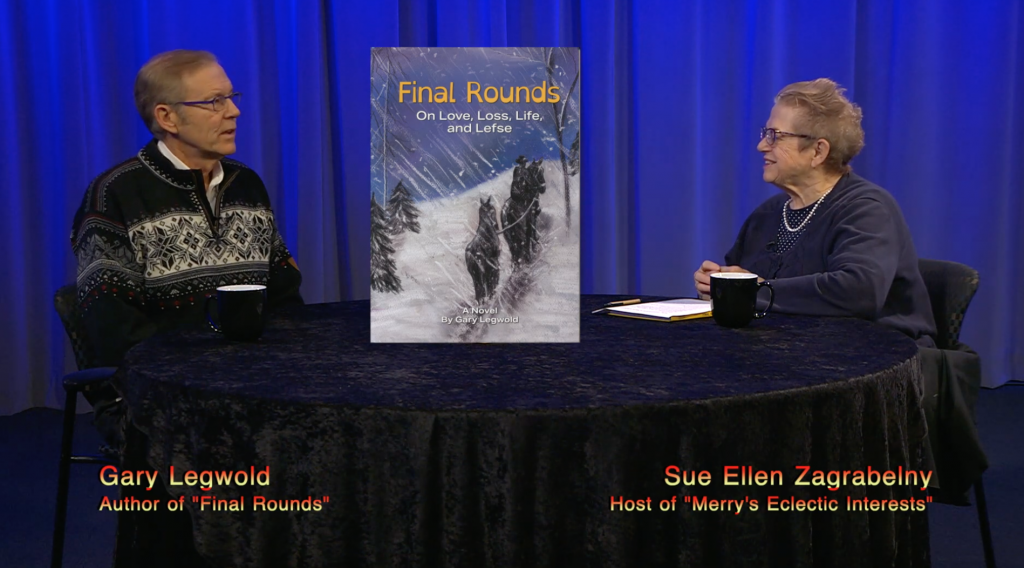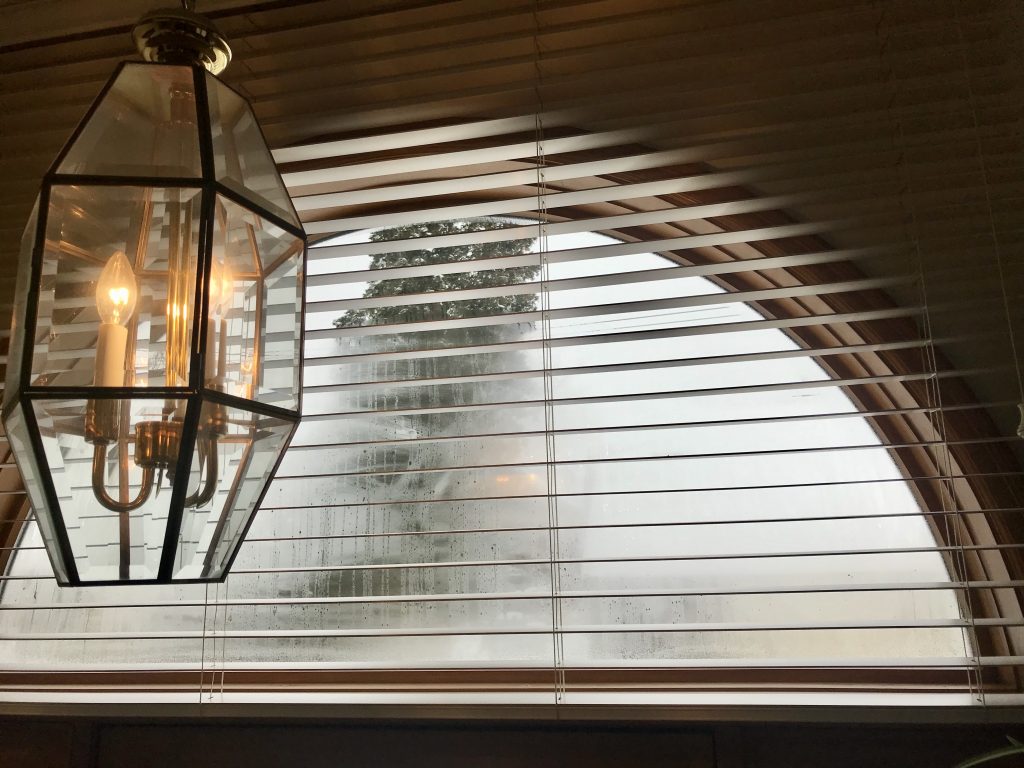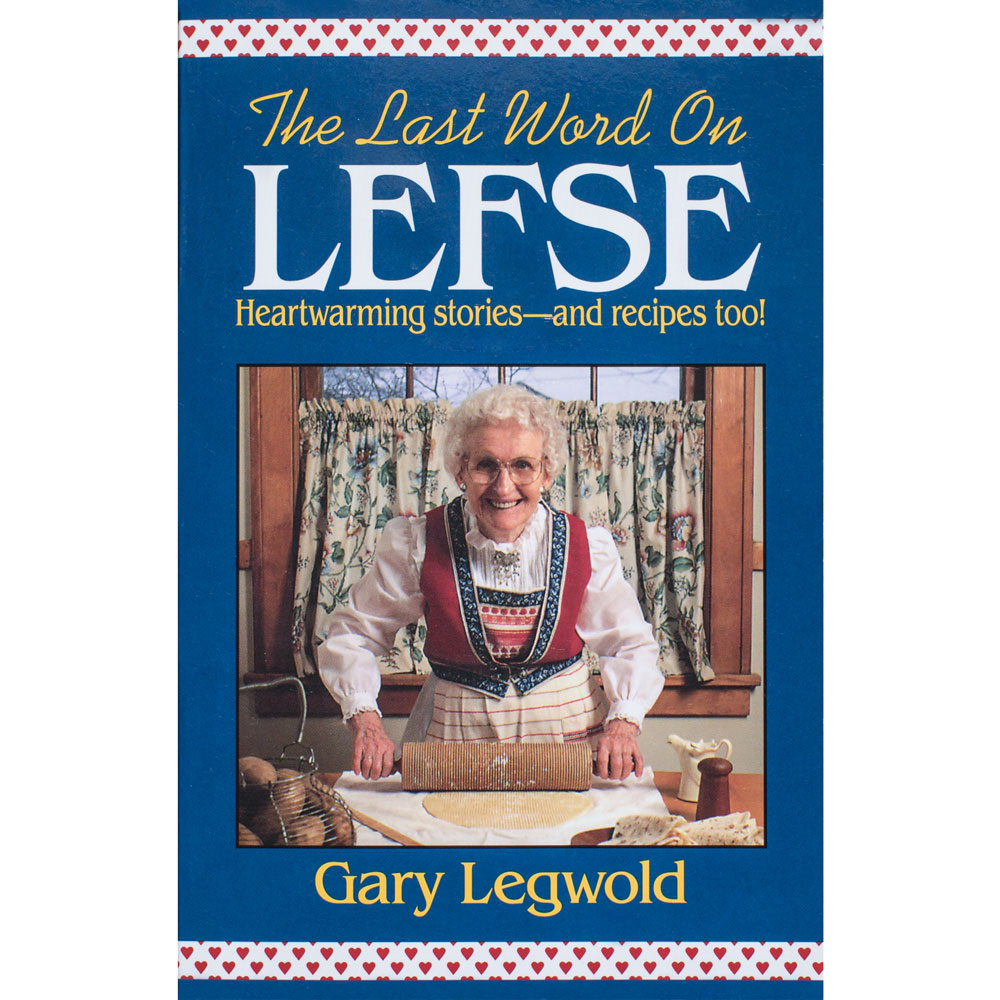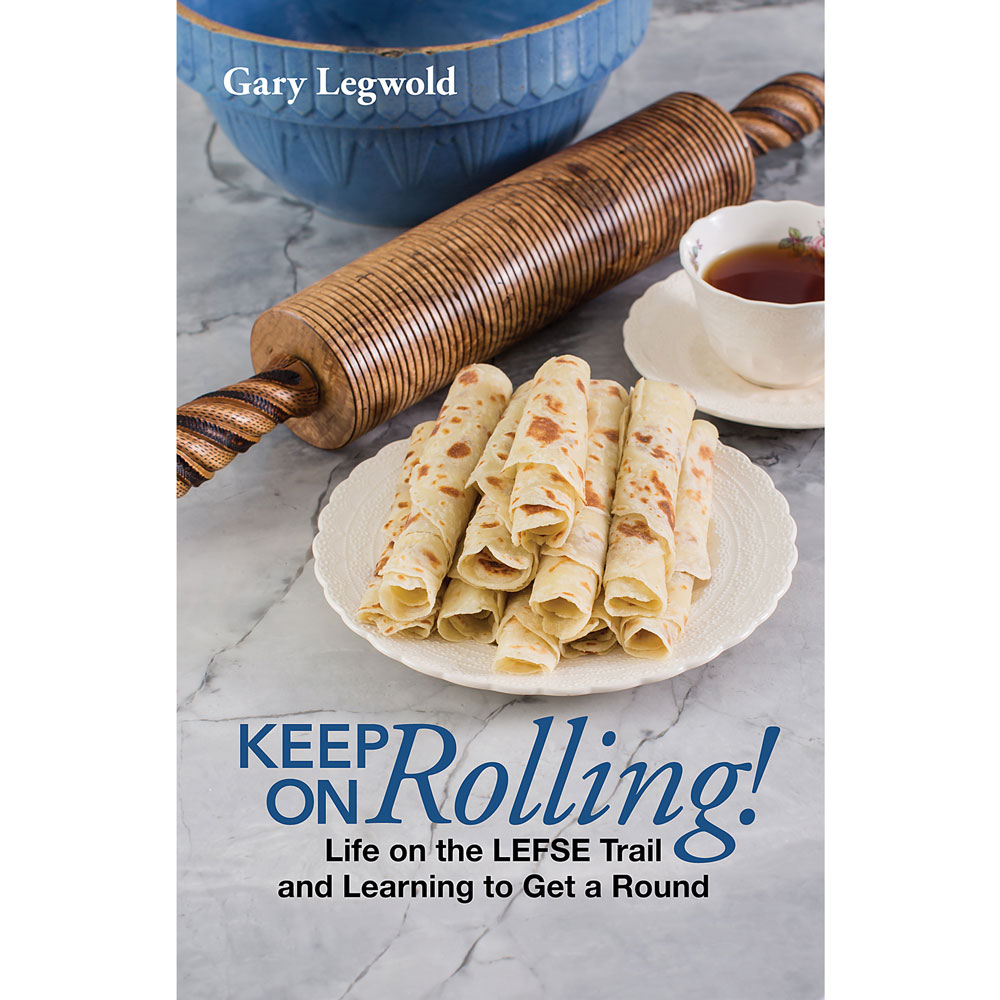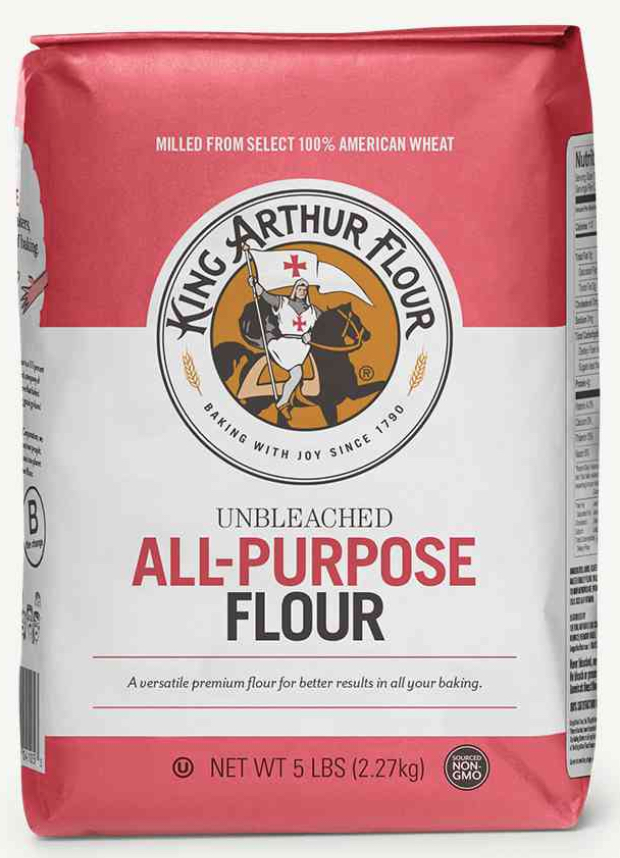
I went shopping for flour the other day, to make lefse. In one grocery store, shelves were empty of King Arthur Flour, my favorite, and all flours. So I went to another store. Empty. The coronavirus pandemic had sheltered us all, and folks were stocking up (for how long?) on flour, toilet paper, cereal, pasta and pasta sauce, disinfectant wipes, etc.
So here we are, in our homes swinging from fear to gratitude to grief to disbelief to prayer. What-if questions nudge us in the night, and virus and economic news is dire throughout the day.
When we need it most, we can’t hug. We have to shun each other and swerve away from approaching walkers — who, like us, are trying to find relief in movement and nature. When we need it most, we can’t meet to sing or worship or to simply share a piece of pie and sip our tea.
But we still have lefse. For those of us in Lefse Land, that’s no small thing. Making lefse calms our internal troubled waters and puts us in touch with other lefse makers who have lived through tough times.
Bitten Norvoll
I finally found two 5-pound bags of flour, and while making lefse last weekend, I thought of Bitten Norvoll. She was Norwegian, and in 1950 she and her husband Torbjorn moved to Minneapolis. I interviewed them for my first book, The Last Word on Lefse: Heartwarming Stories — and Recipes Too!
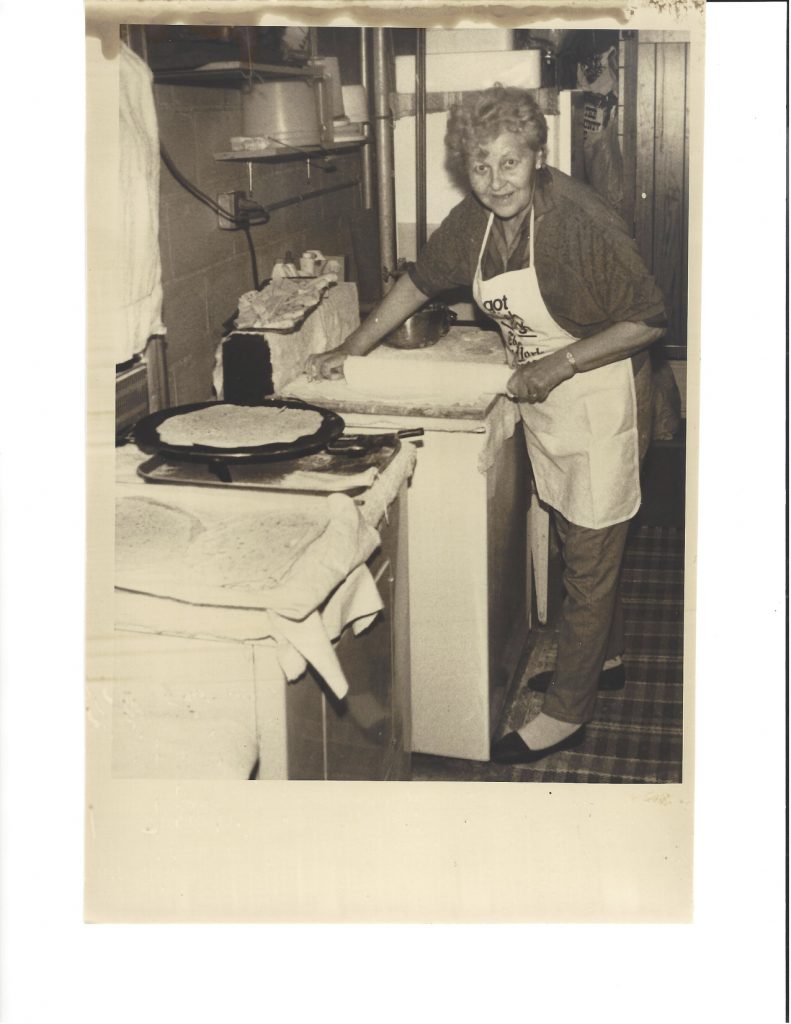
Both Bitten and Torborn were from towns north of the Arctic Circle; she was from Narvik and Torbjorn from Andenes. They lived through the three-year German occupation in World War II.
Three years. As I made lefse and remembered Bitten’s fresh smile, I wondered how the today’s questions of “How long?” and “How bad?” were the same then for Bitten and Torbjorn. We’ve been pressing for answers about COVID-19 for weeks now, but how did these questions about the Nazis and the war change over the course of years under life-death conditions that were similar to ours today?
Occupation. Today, we are directed to stay in for our own safety and the safety of others. Back then, many Norwegians were told to get out. “Two days before Christmas my family was told we had twenty-four hours to get out of the house, or we’d be thrown out bodily,” said Torbjorn. His family moved to an apartment above a store; three rooms for traveling officers were also on the floor. His family’s house, which his family didn’t re-occupy until three months after the war ended, was converted to a hospital. Bitten said Norwegians were forced to turn out lights at night and read only German newspapers.
Thinking of the temporary shortage of flour and other foods today, I recalled what Bitten said in the chapter I wrote about the Norvolls. “During the occupation we could buy potatoes, and we knew so many ways of using potatoes. We couldn’t buy much milk or butter or margarine — or a decent flour. The flour we could buy was so heavy. You’d bake bread, and the outside was hard and crusty and the inside just a lump of dough.”
Bitten and so many others of that Greatest Generation made it through. They must have wondered how they would do it. But they did it, together, a day at a time. As we look ahead with hope and fear, we can gain strength in looking back at the Bittens in our lives.
Bitten was one of the lefse makers in my mind when I wrote the lyrics to “Keep On Rollin’: A Lefse Song for Voice and Piano” (copy of front page below). Erik Sherburne wrote the music with the idea of honoring the resilience of the old ones, those lefse makers in their 80s and 90s who keep on rolling through whatever life throws their way. I especially like the bridge of the song:
A lefse maker I once knew she said here’s what you do
When in a storm just let your faith take form
Keep on a rolling, the sun will shine anew
So stand tall, be true, stay strong, be you!”
from Keep On Rolling! Life on the Lefse Trail and Learning to Get a Round
